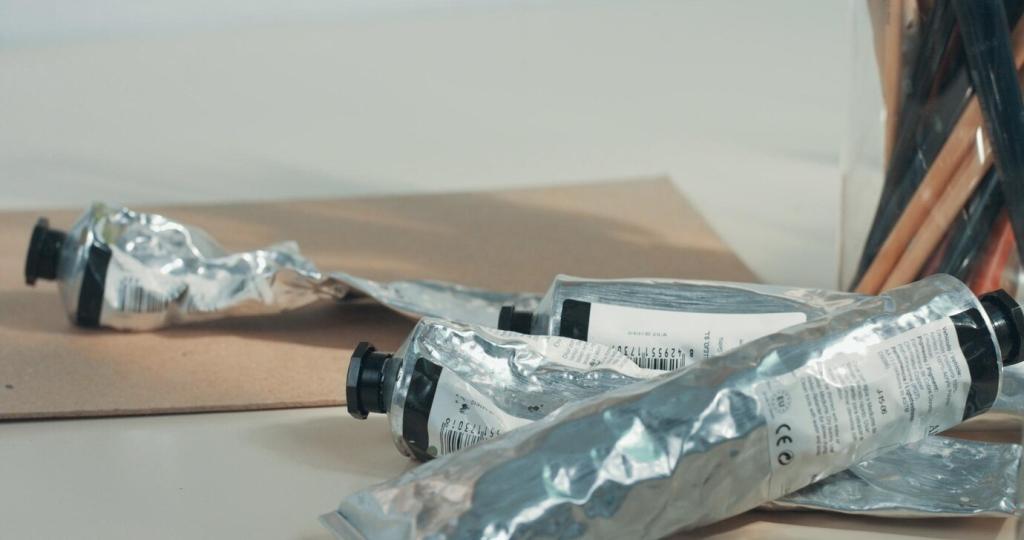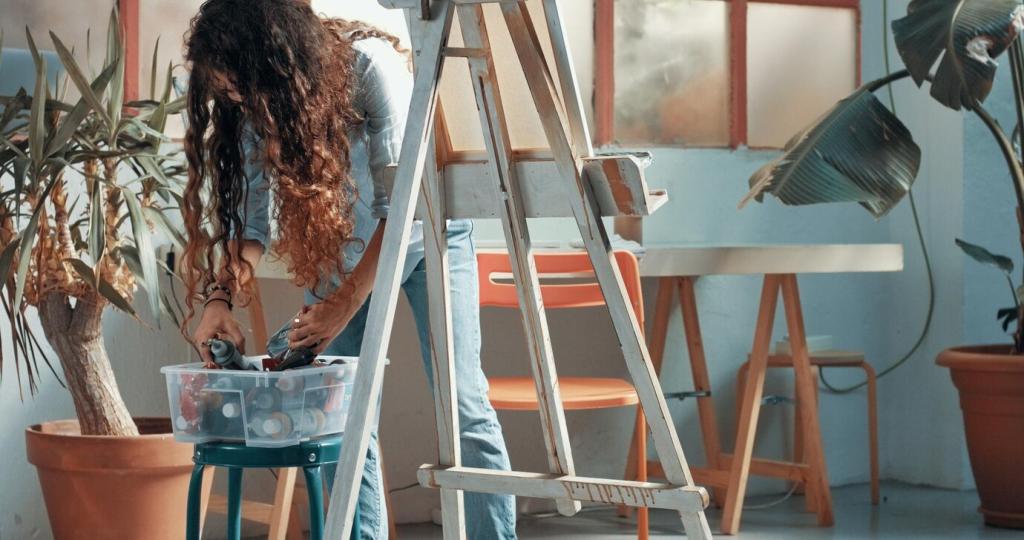Eco-Friendly Materials in Home Renovation
Embracing eco-friendly materials in home renovation is more than just a trend—it’s a commitment to sustainable living and healthier homes. These materials are sourced and manufactured with environmental responsibility in mind, reducing waste and pollution while promoting energy efficiency. Renovating with green materials not only benefits the planet but also provides long-term savings, better indoor air quality, and a unique, natural charm. Homeowners are increasingly seeking solutions that align with their values, making eco-friendly renovations a smart and meaningful investment.

Lowering Environmental Impact
Selecting eco-friendly materials is essential for reducing the environmental impact of home renovations. These materials are often produced with fewer chemical treatments and less energy than conventional counterparts. Their manufacturing process tends to emit fewer greenhouse gases, supporting efforts to combat climate change. By incorporating reclaimed or recycled elements, homeowners can reduce demand for new resources and decrease landfill waste. Choosing options like bamboo, cork, and sustainably-harvested timber ensures that the renovation process has a minimal ecological footprint, without sacrificing quality or aesthetics.
Enhancing Indoor Air Quality
The use of eco-friendly materials is closely linked to improved indoor air quality. Many conventional construction products release volatile organic compounds (VOCs) and other toxins that can linger indoors and negatively affect health. Green alternatives, such as low-VOC paints, natural insulation, and untreated woods, help create cleaner, healthier air for occupants. This is particularly beneficial for those with sensitivities or allergies and families with children or elderly residents. By prioritizing materials that do not off-gas harmful substances, homeowners can ensure a safer living environment.
Supporting Responsible Sourcing
Eco-friendly renovation materials are typically sourced from responsibly managed suppliers, often holding certifications for sustainable practices. This includes wood obtained from forests managed to preserve biodiversity, renewable resources like bamboo, and recycled content sourced from post-consumer or post-industrial waste. Responsible sourcing not only protects natural habitats but also supports ethical labor practices and local economies. Homeowners gain peace of mind knowing their renovation isn’t contributing to deforestation or environmental exploitation, but instead supports a sustainable supply chain.
Previous slide
Next slide
Recycled and Reclaimed Wood
Recycled and reclaimed wood is highly valued for its unique character, rich history, and sustainability. By giving new life to timber from old structures, barns, or factories, less new lumber needs to be harvested. This not only saves trees but also reduces energy consumption involved in producing new building materials. Reclaimed wood often comes with intriguing textures and weathered finishes that add warmth and personality to interiors, whether used for flooring, accent walls, or custom furniture. It’s a practical choice for those who appreciate both environmental impact and design authenticity.
Bamboo and Cork
Bamboo and cork are standout choices for eco-conscious renovations due to their rapid renewability and minimal need for pesticides or fertilizers. Bamboo, technically a grass, regrows quickly after harvesting and can be used for flooring, cabinetry, and even structural elements. It boasts exceptional strength and a modern aesthetic. Cork is harvested from tree bark, allowing the tree to continue growing and absorbing carbon dioxide. This makes cork ideal for flooring and wall coverings, offering natural insulation, comfort underfoot, and resistance to mold and moisture.
Recycled Metal and Glass
Recycled metal and glass are transforming home renovations by reducing demand for virgin resources and extending the lifecycle of existing materials. Metal fixtures, roofing, and structural elements made from recycled steel or aluminum are as strong and durable as their new counterparts, yet require significantly less energy to produce. Recycled glass, used in countertops, tiles, and decorative features, brings vibrant color and unique patterns to interiors. Both materials are non-toxic, highly recyclable at end-of-life, and deliver a sleek, modern look that pairs well with a variety of design styles.
Benefits of Choosing Eco-Friendly Materials

Energy Efficiency and Cost Savings
One of the main advantages of eco-friendly renovation materials is their ability to improve a home’s energy efficiency, resulting in significant cost savings over time. High-performance insulation, energy-efficient windows, and natural thermal materials help keep interiors comfortable year-round, reducing reliance on heating and cooling systems. Many green materials, like radiant barriers and reflective roofing, work passively to mitigate energy loss. Though some sustainable options may require a higher initial investment, lower utility bills and reduced maintenance costs lead to ongoing financial rewards for homeowners.

Durability and Long-Term Value
Eco-friendly materials are prized for their durability and lifespan, often surpassing conventional alternatives. Products like recycled steel, natural stone, and quality reclaimed wood are engineered or selected for resilience, meaning they’re less likely to need frequent replacement or repair. This long-term value translates to fewer materials entering the waste stream and less disruption from ongoing maintenance. For homeowners, the result is a renovation that stands the test of time, retaining both functional appeal and market value, while offering ongoing sustainability benefits.

Enhancing Health and Well-being
Renovating with eco-friendly materials means creating a healthier environment for those who live in the space. Low-emission and toxin-free products reduce the presence of allergens and harmful compounds inside the home, supporting better respiratory health and overall comfort. Natural materials also regulate temperature and humidity, fostering a more comfortable indoor climate. This focus on well-being can have far-reaching effects, contributing to improved sleep, mood, and peace of mind. The use of wholesome, sustainable materials supports not just the structure of the house, but the holistic wellness of its occupants.
